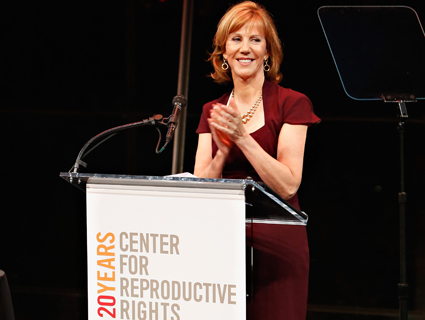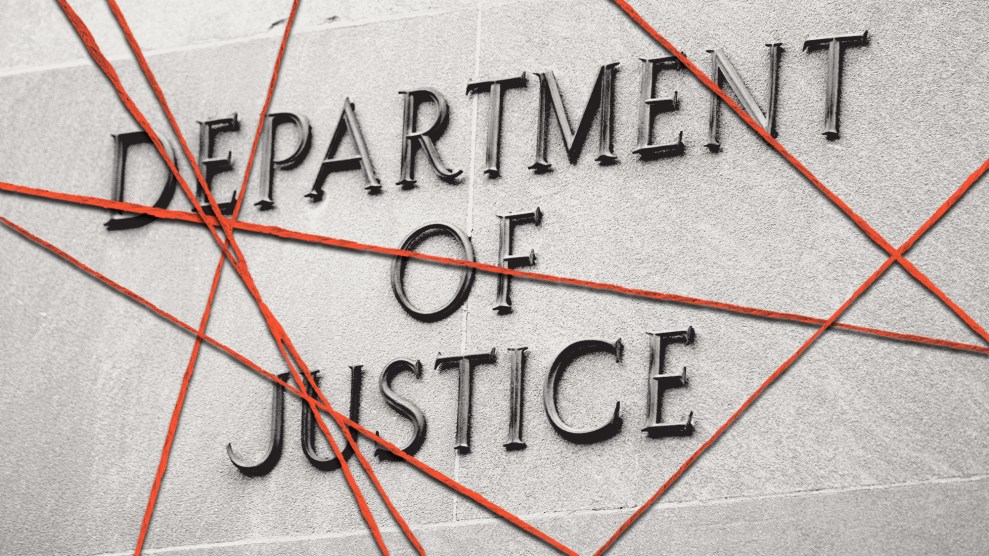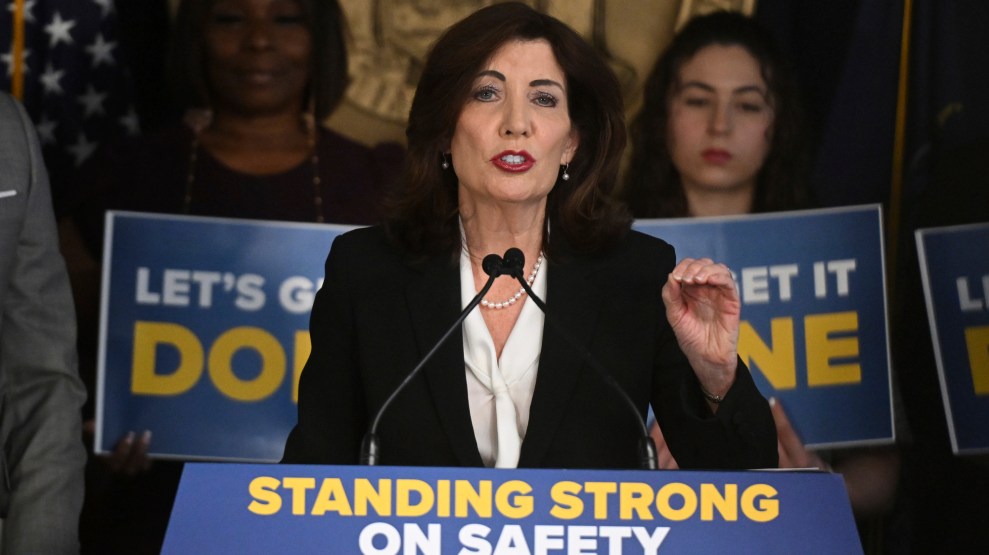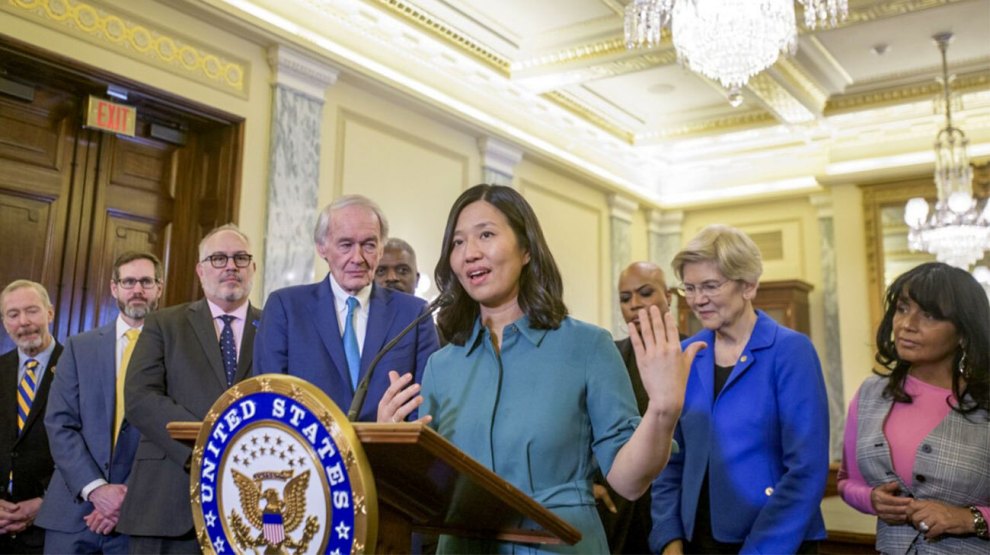
<p><a href="http://www.shutterstock.com/pic.mhtml?id=31593439" target="_blank">Suzanne Tucker</a>/Shutterstock</p>
The House of Representatives passed a law on Tuesday banning abortions after 20 weeks across the country, based on the scientifically dubious claim that a fetus can feel pain at that point. The federal “Pain-Capable Unborn Child Protection Act” draws from a model bill promoted by the National Right to Life and mirrors laws that have passed in a dozen states in the last three years.
Where does this premise for a 20-week abortion ban come from? In the debate on Tuesday, House members repeatedly cited the research of Dr. Kanwaljeet “Sunny” Anand, a University of Tennessee professor of pediatrics, anesthesiology, and neurobiology who has promoted the idea that 20 weeks post-conception is the point when a fetus begins to feel pain. His work, which has been the go-to resource for anti-abortion groups, was mentioned at least four times on the House floor. Citing Anand’s findings, Rep. Virginia Foxx (R-N.C.) argued that “the baby responds the same way you and I respond to pain, by recoiling.” She went on to claim that the pain of a fetus at 20 weeks is “possibly more intense than that felt by older newborns.”
But Anand is an outlier. A 2005 paper in the Journal of the American Medical Association surveyed the medical literature and found little evidence to support his conclusions. There is an established body of evidence that finds that fetuses start developing the biological pathways related to pain sensation at this stage of gestation, but there is not enough evidence to suggest that they can actually experience pain as we do. The majority of the scientific literature on the subject finds that the brain connections required to feel pain are not formed until at least 24 weeks.
This is, of course, not the first time fishy scientific arguments have been used to support anti-abortion policies. Last August, Missouri Republican Senate candidate Todd Akin ignited a controversy when he stated that victims of “legitimate rape” couldn’t get pregnant because “the female body has ways to try to shut that whole thing down.” The sponsor of the House 20-week ban, Rep. Trent Franks (R-Ariz.), was also criticized last week for arguing in a hearing that the number of pregnancies resulting from rape is “very low.”
Here’s a brief run-down of the bad science that has been used to support anti-abortion policies:
Claim: Virtually no rape victims conceive.
Source: Dr. John Willke, former National Right to Life president
Why it’s bunk: In a 1999 article, Willke, an “expert in human sexuality,” used some really fuzzy math to argue that fewer than 400 victims of sexual assault get pregnant annually. (The reason? Hormones and stuff.) This idea, also found in medieval texts, has been repeated by lawmakers who don’t believe abortion bans should make exceptions for rape.
Claim: Abortion can lead to PTSD, bipolar disorder, panic disorders, major depression, alcohol and drug abuse, agoraphobia, and suicide.
Source: Priscilla Coleman, professor of human development and family studies at Bowling Green State University
Why it’s bunk: Her 2009 study in the Journal of Psychiatric Research failed to screen whether her subjects had those disorders before their abortions. The paper has been criticized for its “fundamental analytical errors,” yet it has been used to justify state laws that require abortion providers to warn women of these effects.
Claim: A fetus can feel pain 20 weeks after conception.
Source: Dr. Kanwaljeet “Sunny” Anand, professor of pediatrics, anesthesiology, and neurobiology at the University of Tennessee
Why it’s bunk: Anand argues that because fetuses can respond to stress or other stimuli at 20 weeks, abortion after that point causes them “severe and excruciating pain.” The bulk of the scientific literature on the subject, however, finds that the brain connections needed to feel pain are not in place until at least 24 weeks, which is also the earliest possible time a fetus becomes viable outside the womb. Anand’s testimony has been used to justify state and federal laws banning abortions after 20 weeks; those efforts have passed in nine states since 2010.
Claim: Having an abortion significantly increases your risk of breast cancer if you’ve been pregnant before.
Source: A 1994 paper published in the Journal of the National Cancer Institute
Why it’s bunk: Subsequent research led the institute to conclude that abortion is not in fact associated with an increase in breast cancer risk. The original claim resurfaced in early 2012 after abortion foes attacked Susan G. Komen for the Cure for funding cancer screenings at Planned Parenthood.
















